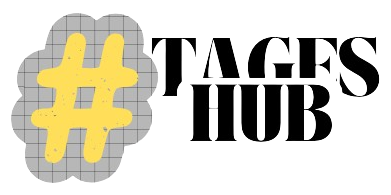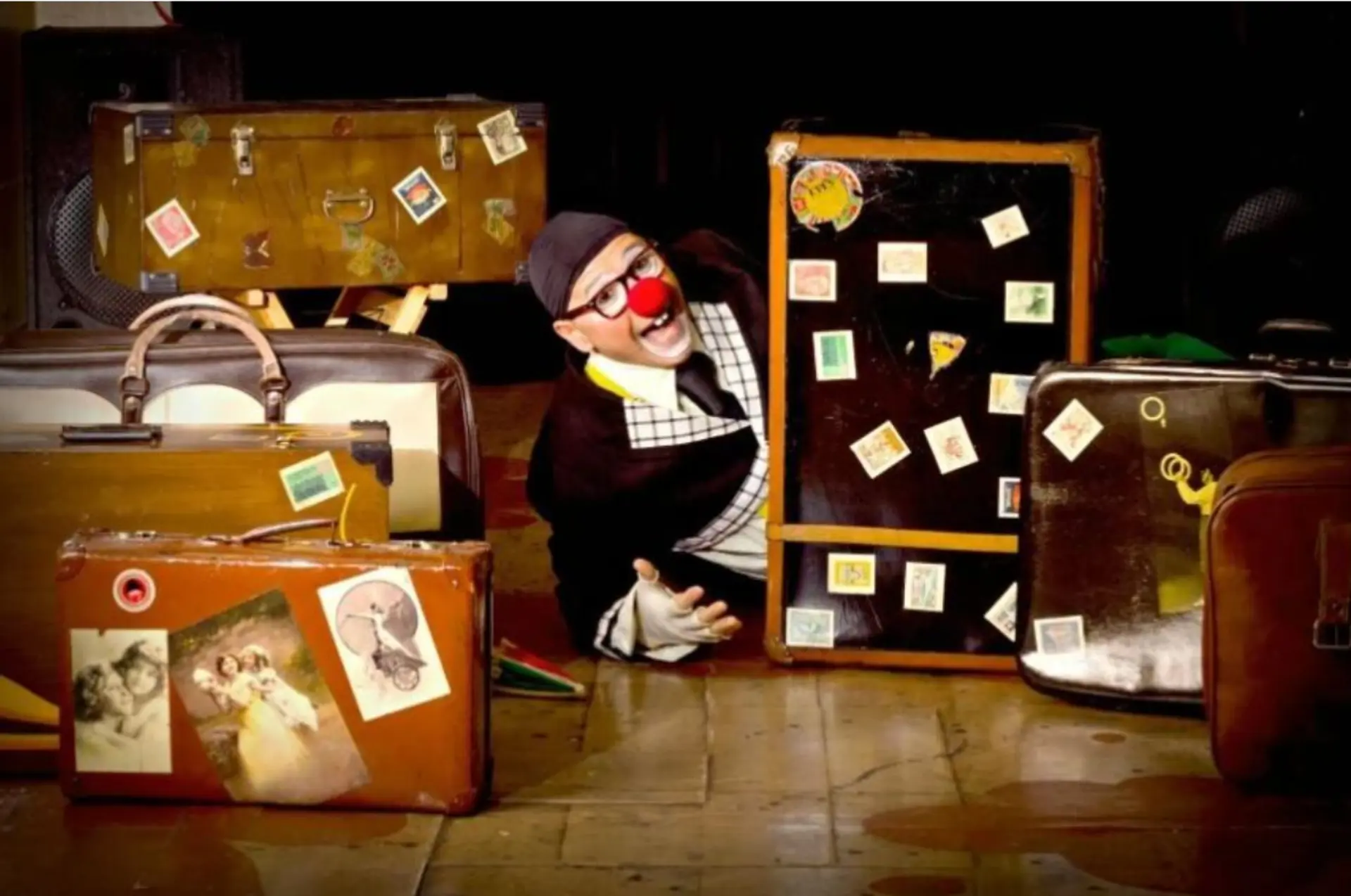In the age of internet culture, certain terms and phrases have emerged from the depths of online communities to become much more than just words—they evolve into symbols, markers of identity, and even shared experiences. One such term that has gained significant traction in recent years is “toongod.” This neologism, blending “toon” (cartoon) with “god,” has become a dominant part of online discourse, especially in the realms of memes, social media, and popular culture. But what is toongod, and why does it seem to resonate with so many people in today’s digital age? This article will explore the significance of toongod, its origins, and its far-reaching influence on modern digital culture.
Defining Toongod: A Fusion of Cartoons and Divinity
At first glance, the term “toongod” might seem like a playful, quirky mash-up, but its meaning runs far deeper than that. At its core, toongod represents a fusion of two powerful symbols: “toon” (short for cartoon) and “god.” The combination of these elements evokes an image of larger-than-life characters—animated figures with exaggerated, superhuman abilities who dominate not only their fictional worlds but also the imaginations of their audiences.
The word “toon” inherently refers to animated characters, many of which are iconic figures that transcend their initial roles to become cultural symbols. When paired with “god,” it suggests a deity-like status or something beyond the ordinary. It implies that these animated characters, often seen in cartoons and other animated media, possess qualities that make them larger than life. The term captures the essence of pop culture, where animated characters and their creators wield immense power over the cultural zeitgeist.
However, “toongod” isn’t just a term reserved for cartoons; it is used to signify any figure that has reached such a level of cultural significance that they transcend their medium and become an idealized representation of human fantasy, humor, and admiration.
The Genesis of Toongod: Animation Meets Internet Culture
To truly understand toongod and its widespread appeal, we need to examine the broader context in which it emerged. While there isn’t a single defining origin for the term, we can trace its development to the intersection of two major cultural forces: the evolution of animation and the rise of internet culture.
Animation has always held a special place in the hearts of audiences. From the early days of Disney cartoons to the more contemporary, adult-oriented animations like Rick and Morty and South Park, animated characters have been a primary source of entertainment for multiple generations. What makes animation so appealing is its ability to craft characters with larger-than-life traits—whether it’s the heroic nature of a character like Superman or the quirky, exaggerated humor of someone like Homer Simpson. These animated characters aren’t bound by the limitations of reality, allowing creators to exaggerate their abilities to an almost god-like status, thus bringing them closer to the “toongod” archetype.
However, it’s not just the animation itself that contributes to the rise of toongod. The internet, particularly social media platforms like Reddit, Twitter, and meme-sharing sites, has amplified the visibility and reach of animated characters. This digital age has allowed internet users to reinterpret, parody, and exaggerate the personas of these characters in ways that resonate with a wide audience. Through memes, fan art, and viral content, the term “toongod” was born and quickly gained traction in online circles.
The Influence of Animation: From Childhood to Pop Culture
Animation is a key cultural driver that has shaped generations of viewers. The appeal of animated characters goes beyond simple entertainment; they become part of the collective memory, representing values, emotions, and even philosophies. Whether it’s the loyalty of Scooby-Doo’s gang or the rebelliousness of Beavis and Butt-Head, these characters often serve as mirrors for the experiences, hopes, and aspirations of their audiences.
For many, animated characters are not just fictional beings; they are companions and mentors. As children, viewers often look up to animated heroes, projecting their desires for strength, courage, or intelligence onto these larger-than-life figures. As adults, these same characters provide a sense of nostalgia, a reminder of simpler times when the boundaries of reality were limitless.
This attachment to animated characters has laid the groundwork for the concept of toongod. In a digital era where memes and social media reign supreme, this idealized view of animated figures has morphed into a shared online culture. Fans don’t just admire their favorite characters—they elevate them to divine status, transforming them into toongods that serve as symbols of personal identity and collective community.
The Role of Internet Culture: Memes, Virality, and Exaggeration
The internet is a powerful catalyst for creativity, and nowhere is this more evident than in the realm of memes. Memes are humorous images, videos, or pieces of text that are shared rapidly across social media platforms, often taking on new meanings as they spread. In many ways, memes act as a digital language, allowing people to express complex emotions and ideas with simple, easily understood visuals or phrases.
Toongod has found its home in the meme culture. As internet users began to joke about animated characters in exaggerated ways, the term “toongod” emerged to describe those who had transcended their roles as mere cartoons. A meme might show a character in an absurd or over-the-top situation, paired with the term “toongod” to emphasize their exaggerated qualities. These memes blur the lines between admiration and satire, creating a humorous yet affectionate celebration of animated figures.
As internet culture has evolved, so too has the use of the term toongod. It has become a flexible term that can be used in a variety of contexts—from lighthearted humor to serious discussions about the cultural impact of animation. The meme-driven nature of the term ensures that it remains dynamic, adaptable to whatever the digital world throws at it.
Toongod on Social Media: Versatility and Digital Identity
Social media platforms, such as Instagram, Twitter, and TikTok, play a crucial role in the dissemination and evolution of cultural terms like toongod. On these platforms, users can share content that highlights their admiration for animated characters, often elevating them to god-like status through hashtags, memes, and fan art. As the term spreads, it takes on different meanings depending on the context in which it is used.
In many cases, toongod serves as a symbol of personal identity. Fans identify with certain animated characters, adopting them as avatars that represent different facets of their personality. For example, a user might claim a character as their “toongod” to showcase their rebellious nature or love for a particular animation style. Through this, the character becomes more than just an entertainment figure; it becomes a reflection of the user’s self-image.
Moreover, the term toongod has found a home in fan communities that celebrate animated figures. These communities often form around shared interests and passions, creating spaces where fans can bond over their love for a particular cartoon, animated series, or meme. Toongod, in this sense, becomes a unifying force that brings together people from different backgrounds, all connected by their admiration for the same animated characters.
Toongod and the Evolution of Digital Identity
In the digital age, identity is increasingly shaped by the online personas people craft for themselves. As more individuals engage with animated characters through social media and memes, the term toongod has become an important tool for expressing one’s digital identity. Identifying with a toongod allows fans to embrace certain qualities they associate with their favorite characters, whether it’s strength, humor, or individuality.
In this sense, toongod is more than just a playful term—it represents a way for individuals to align themselves with a cultural force that transcends the ordinary. The use of toongod in online communities speaks to how people are continuously shaping their identities through their interactions with digital content, blending the real and the virtual into a seamless self-expression.
The Future of Toongod: Expansion and Transformation
As animation continues to thrive in both traditional media and digital spaces, the term toongod is likely to evolve alongside it. With the rise of streaming services like Netflix, YouTube, and Hulu, animated series and films are gaining even more cultural relevance, introducing new characters and narratives that resonate with contemporary audiences. These characters, in turn, will inspire new iterations of the toongod phenomenon.
Moreover, as new digital platforms emerge, the meaning of toongod may shift. It could be used to describe not just characters but entire franchises, creative movements, or even artistic styles. The beauty of the term is its flexibility—its ability to evolve as culture changes, continually reshaping itself to reflect new digital trends.
Conclusion: Embracing the Whimsical and the Profound in Toongod
In conclusion, toongod is much more than just a catchy term circulating in memes and online discussions. It represents the blending of animation, digital culture, and personal identity, acting as a bridge between the fictional and the real. Whether it’s used in humor, admiration, or as a statement of identity, toongod encapsulates the essence of modern internet culture: a culture where creativity, humor, and individuality flourish in the digital landscape.
As we continue to explore the intersections of animation, technology, and social media, terms like toongod will undoubtedly remain relevant, serving as markers of cultural significance and personal expression. Moving forward, understanding these terms helps us appreciate how digital culture shapes our identities, fosters communities, and celebrates the boundless creativity of human imagination.



